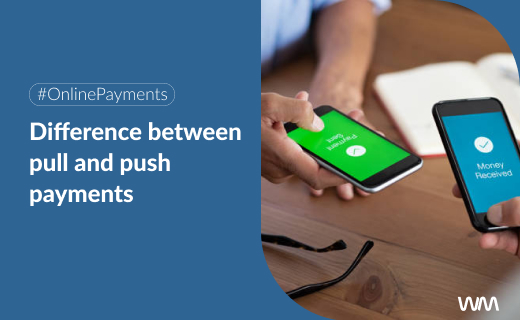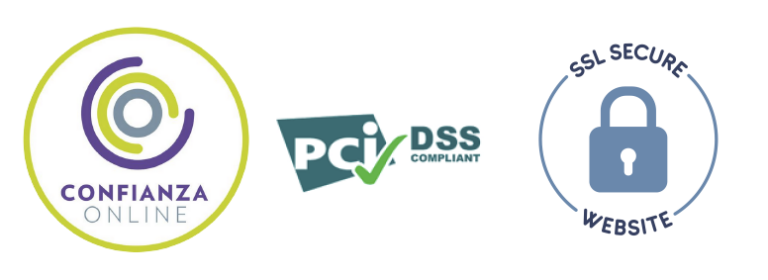Technology in payment methods and types is creating new, more comprehensive, secure, and simple billing systems, but they all rely on the same basic concept: push and pull payments. Although the world of payments is rapidly evolving, we can categorize all payment methods into these two groups.
What Are Push and Pull Payments? In this blog, we’ll help you understand how they work, their differences, and which is more suitable for your business.
Differences Between Push and Pull Payments and Use Cases
To differentiate them clearly, we need a couple of key points:
- A payment is the transfer of money between a sender and a recipient, regardless of the reason and the number of actors involved in the payment process.
- To make this transfer, one participant must share their payment information: account number or IBAN, credit/debit card number, etc.
Now, let’s define push and pull payments:
Push Payments:
- Initiated by the sender or customer. The sender actively sends money to the recipient because they know the recipient’s banking details.
- Examples include cash, card payments, bank transfers, mobile wallets, etc.
- The customer has control over the payment and prefers to pay when they have the necessary amount.
- The sender must remember the payment amount and timing, which impacts your business’s cash flow.
- Consumers feel more secure as they don’t share their banking information.
- Ideal for large one-time payments.
Pull Payments:
- Initiated by the recipient or company. The company has the customer’s banking details and can withdraw the money.
- An agreement must be in place to authorize the collection.
- Examples include direct debits or subscriptions.
- The company has control over when, how, and how much to collect, providing peace of mind.
- The customer does not need to worry about making the payment.
- Ideal for recurring payments.
Delegated Push and Pull Payments
Sometimes, there are multiple actors involved in a payment process, known as delegated push and pull payments:
- Delegated Push Payment: If the sender delegates the payment process, it is a push payment. For example, if you receive a monthly bill of €50 and delegate payment to your bank, the bank will initiate the payment to the operator on your behalf. This is a delegated push payment, where the consumer authorizes the bank to initiate the payment.
- Delegated Pull Payment: If the recipient delegates the payment process, it is a pull payment. For example, a gym subscription where the customer provides their banking details to the gym. The gym uses a payment service provider or platform like Wannme to set up a payment plan and determine the terms: e.g., charging €19.99 from the customer’s account on the 1st of each month.
Benefits:
- Delegated Push Payments: The recipient does not have access to the sender’s banking details, enhancing security. Terms and conditions must be met, reducing fraud risks.
- Delegated Pull Payments: Automation of payments saves time and effort for companies. With the right solution, payments can be customized to fit each client’s needs, as Wannme helps create tailored payment plans.
Wannme: The Flexible Payment Platform
Wannme is a customizable, modular, and flexible online payment platform that offers all payment methods and types through a single API: Bizum, SEPA direct debits, Pay by Link, QR payments, IVR payments, and more. With just one click, you can manage payments, collections, and recoveries for your business. Our security and customization features make our platform the most comprehensive on the market, including digital signatures, escrow accounts, email templates, and e-commerce plugins.
Want to see our payment solutions in action? Request your free demo and let our experts show you the potential of tailored payments.
Follow us on LinkedIn for all our latest updates!






